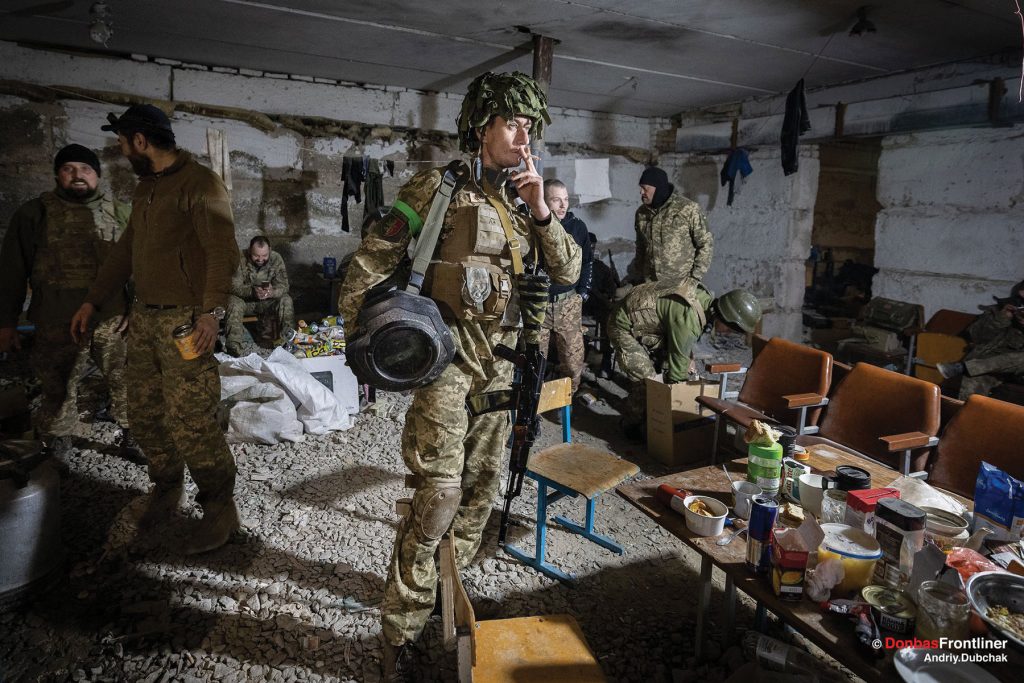Possibility of stalemate looms as war stalls in second phase of fighting CHICAGO – A military stalemate might be approaching in Ukraine as invading Russian forces continue to retreat from areas where their leadership said on April 23 that the renewed invasion would concentrate manpower and combat power to seize the remaining terrain controlled in...

